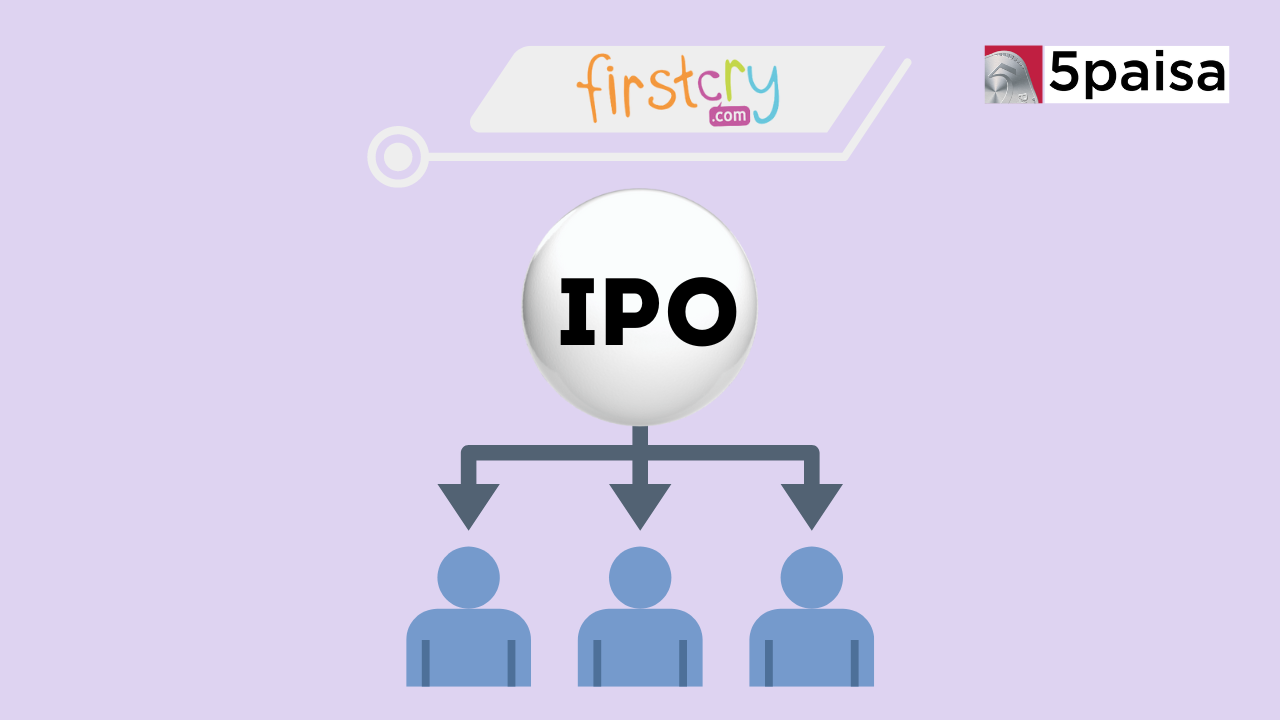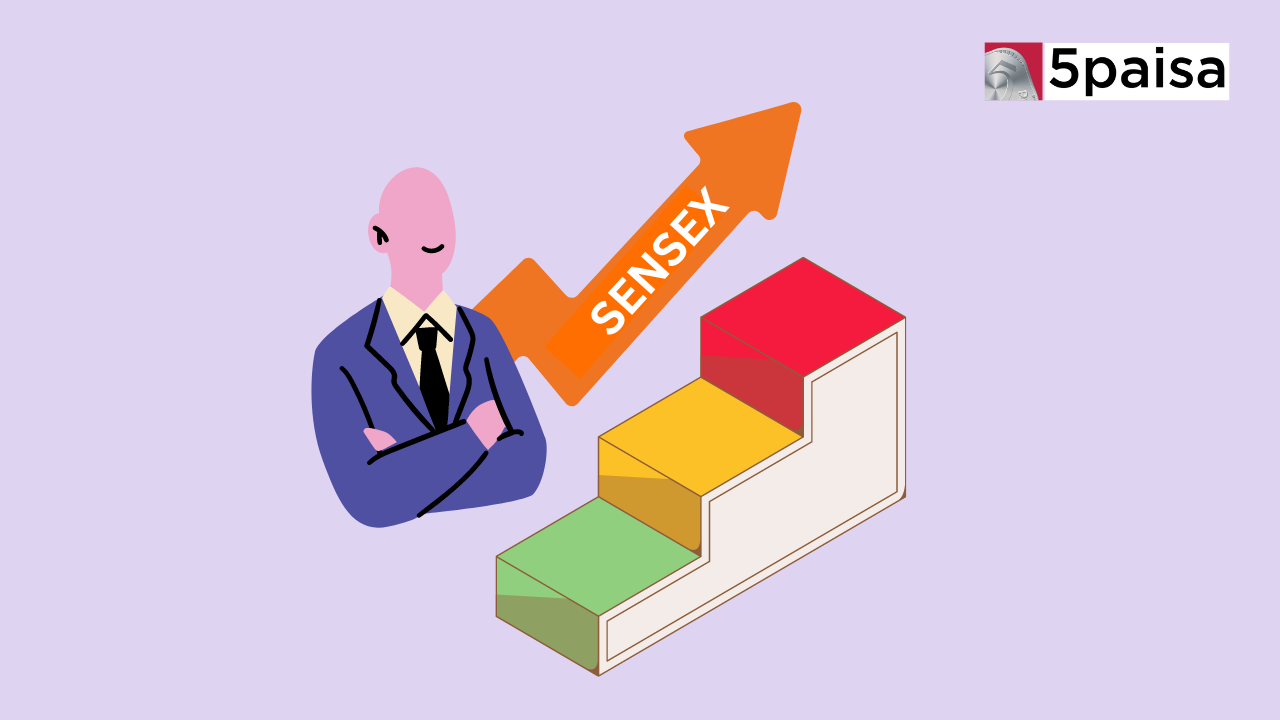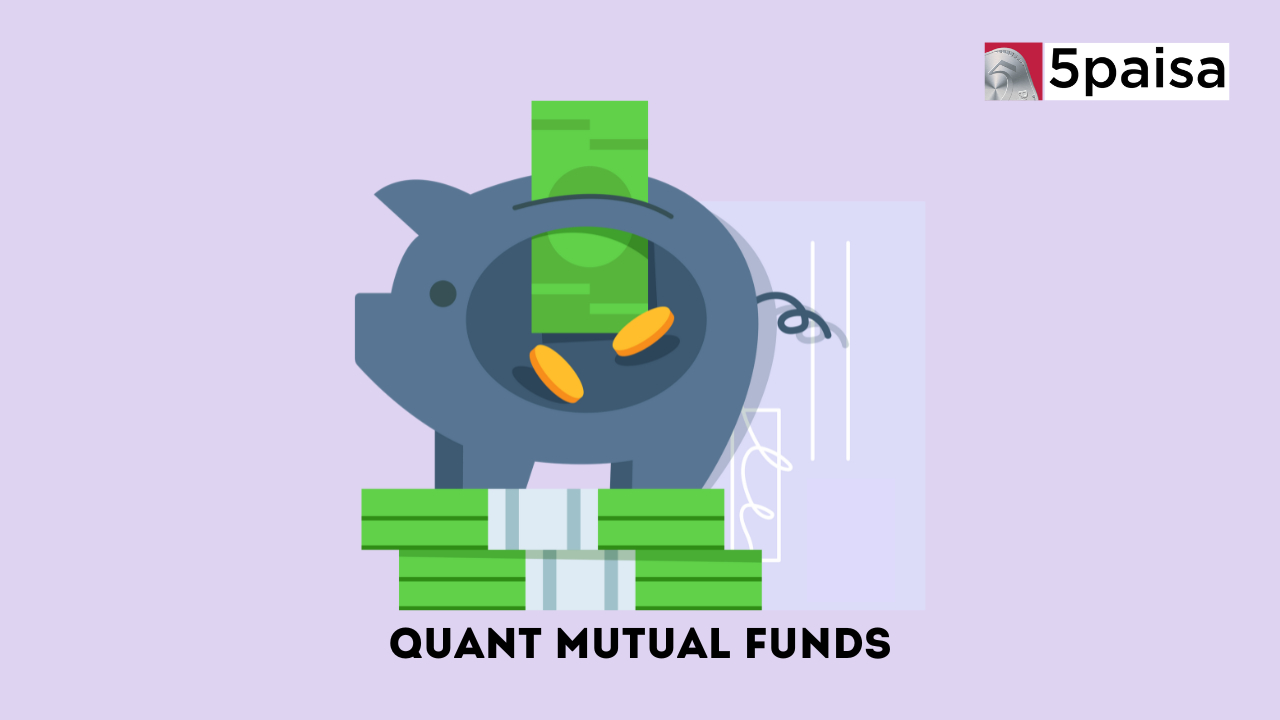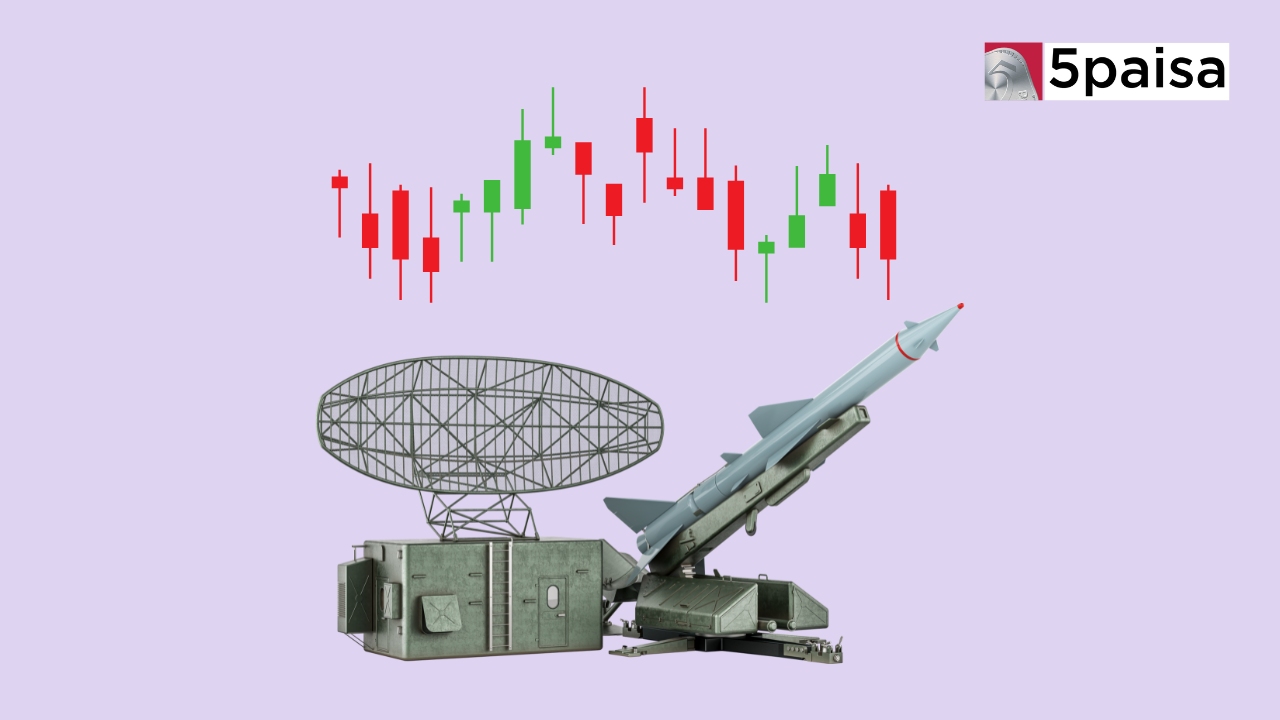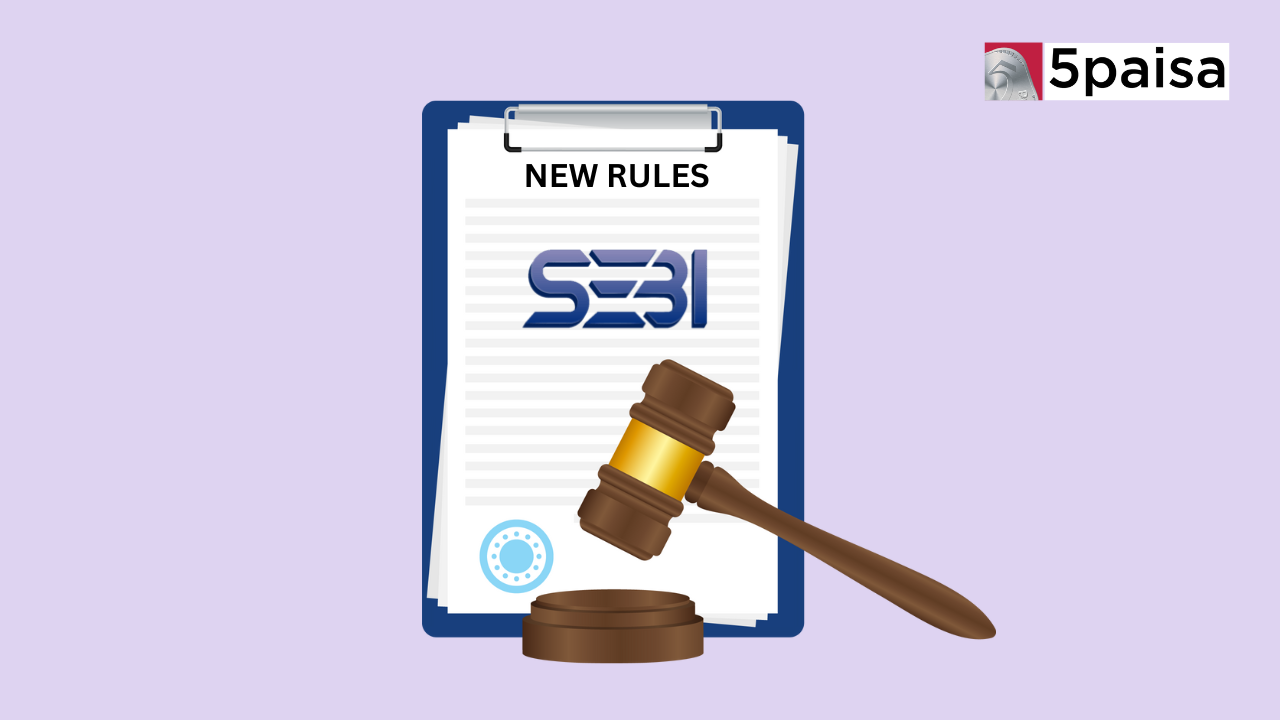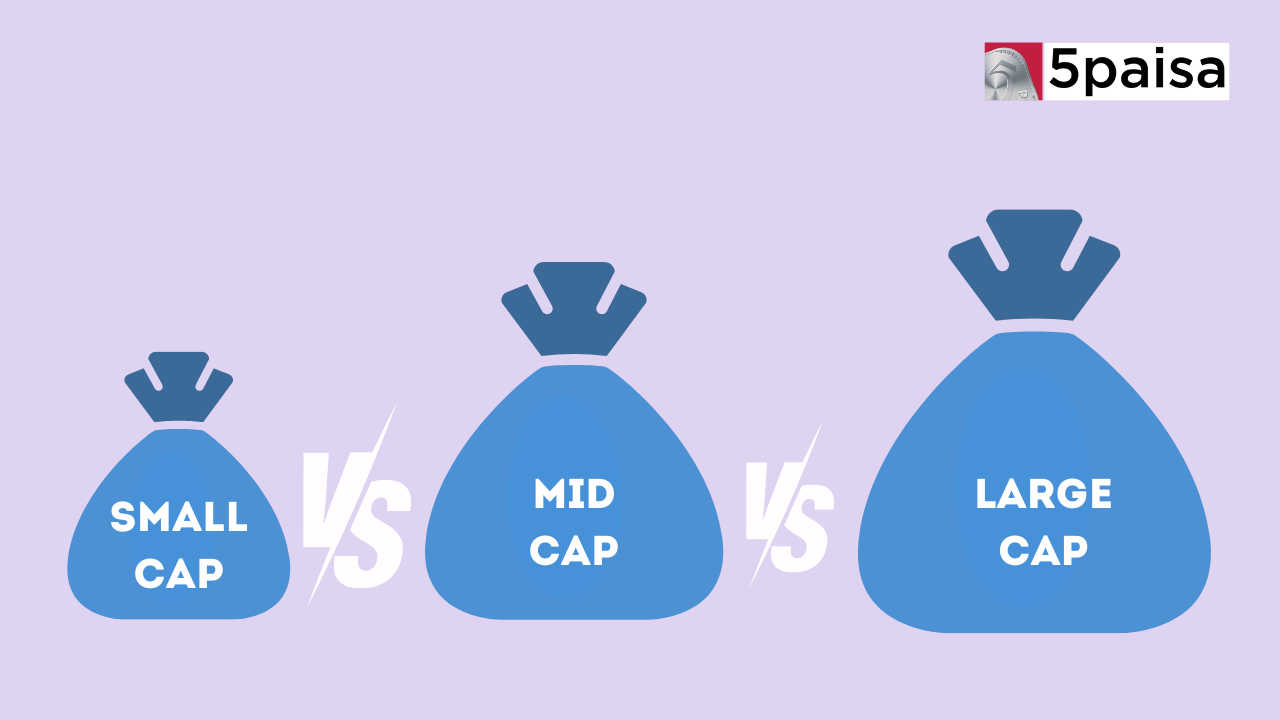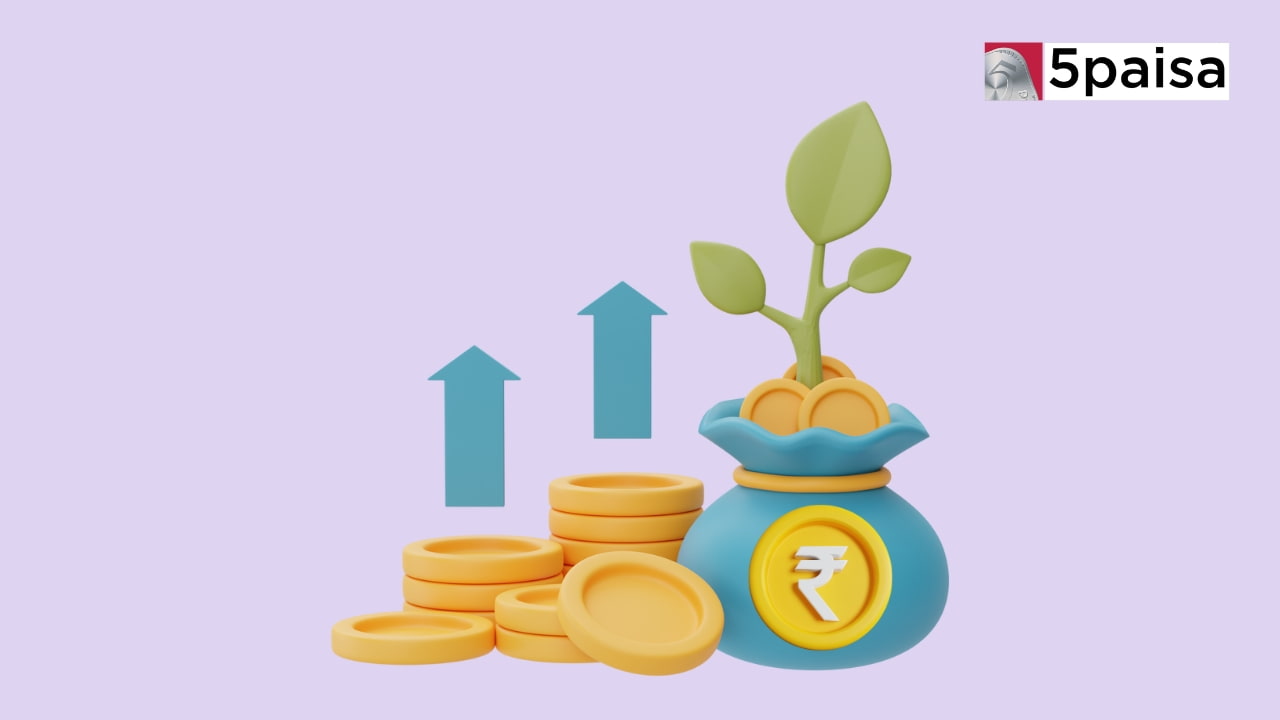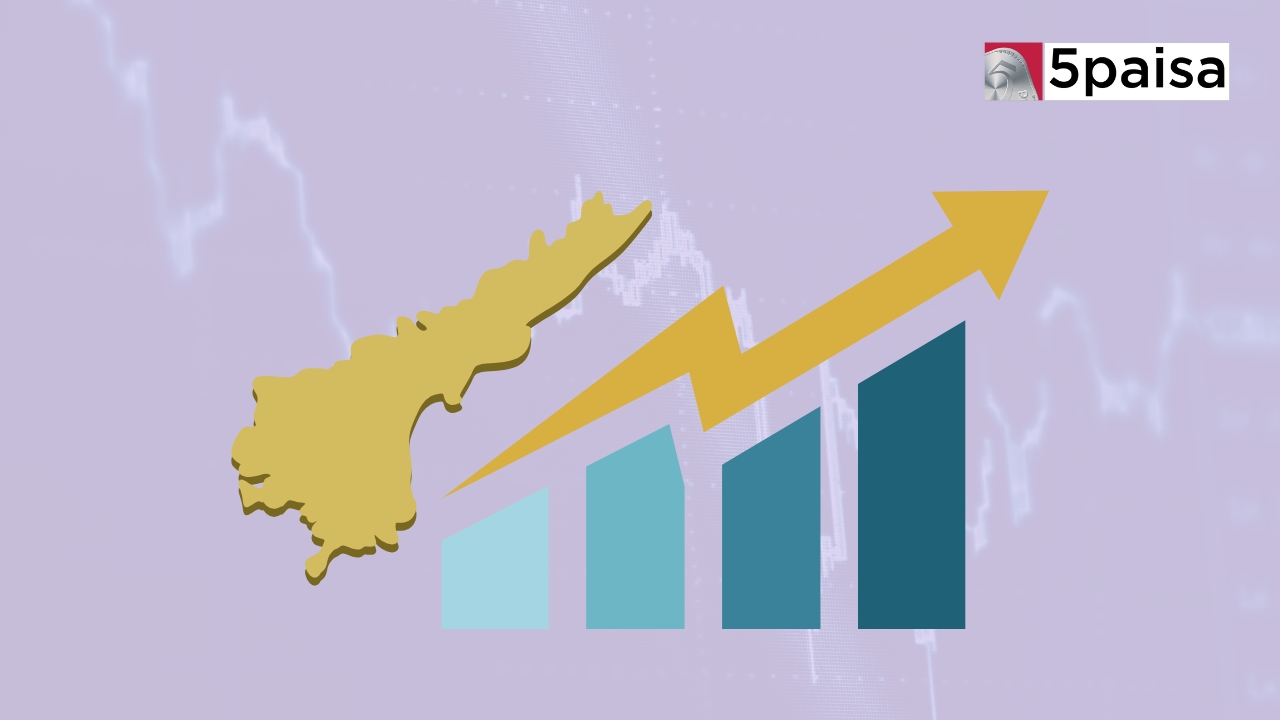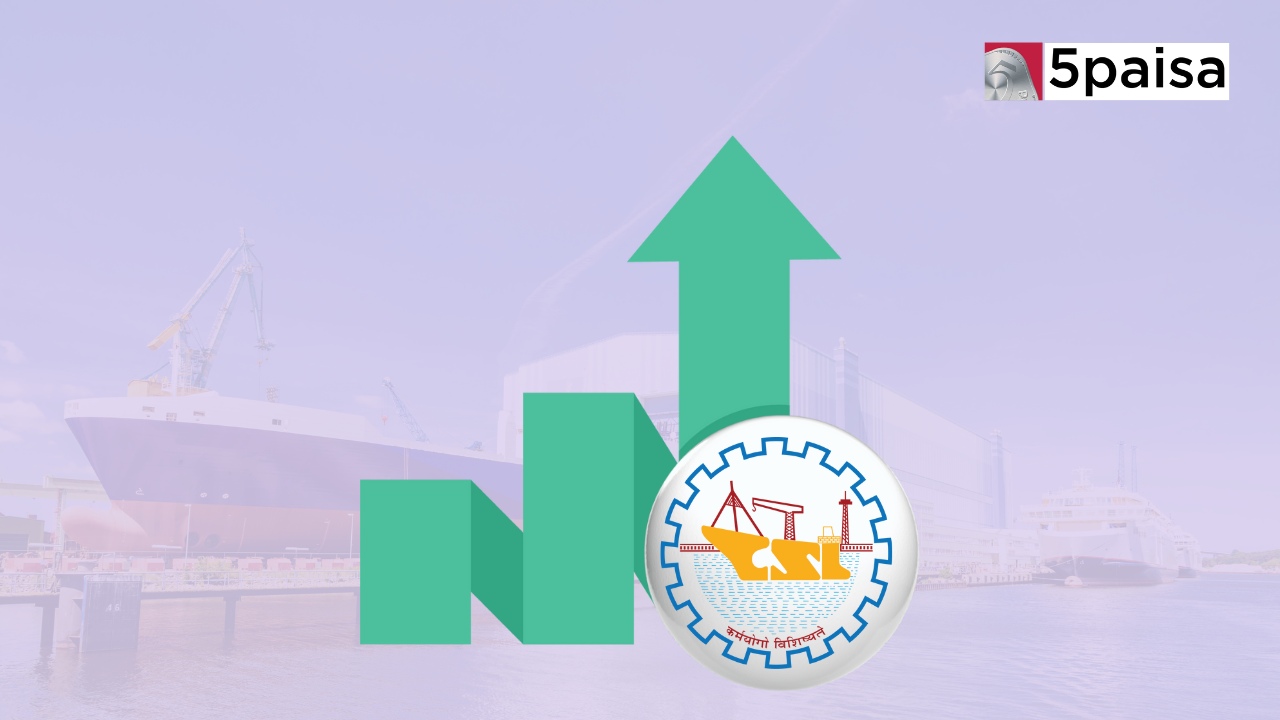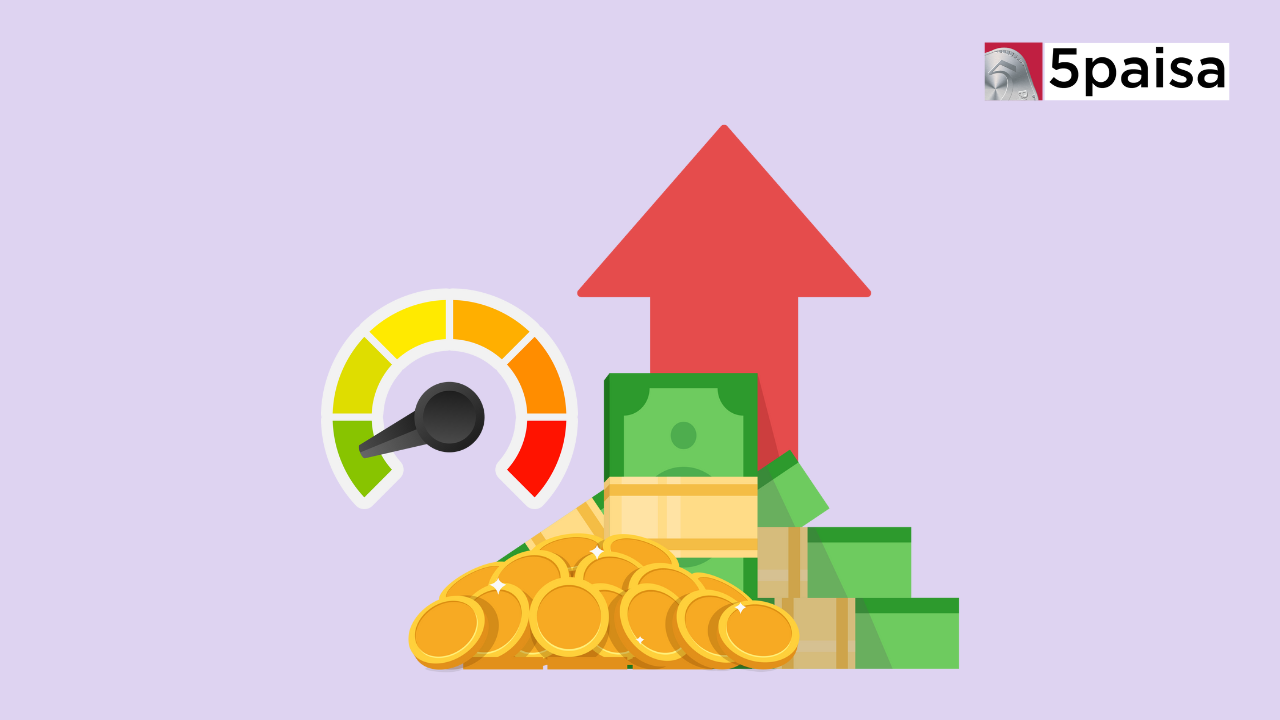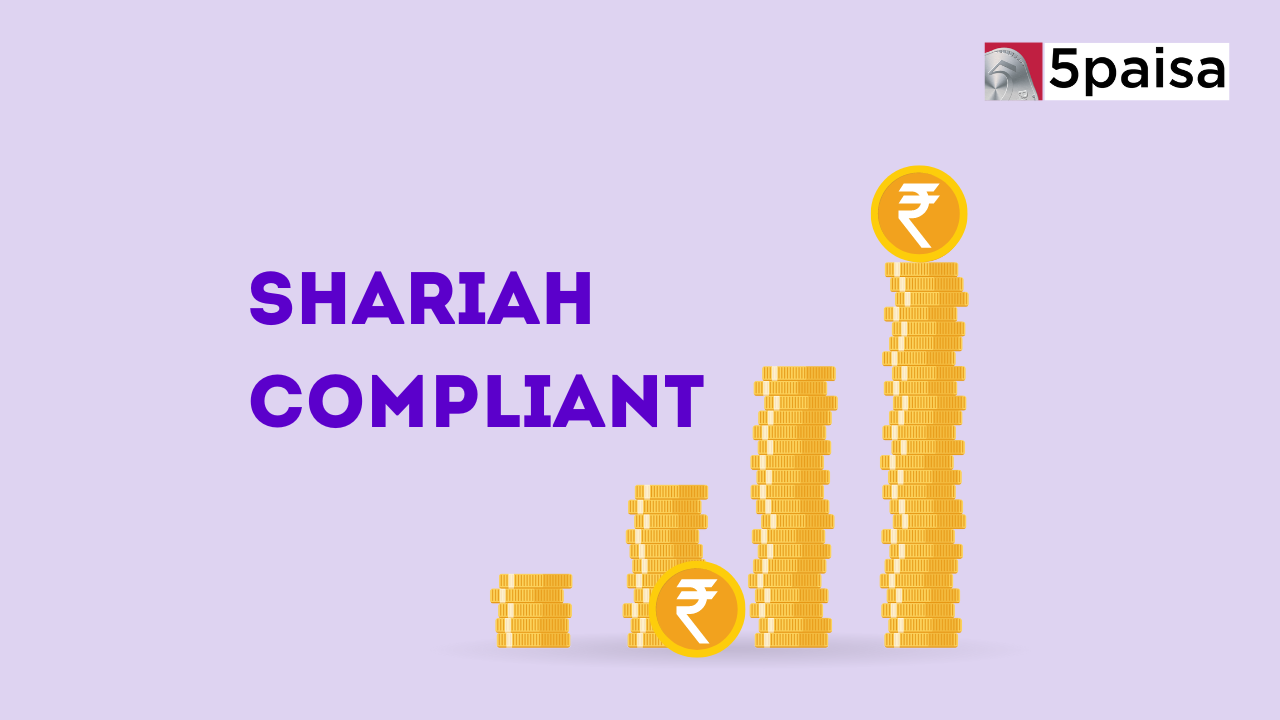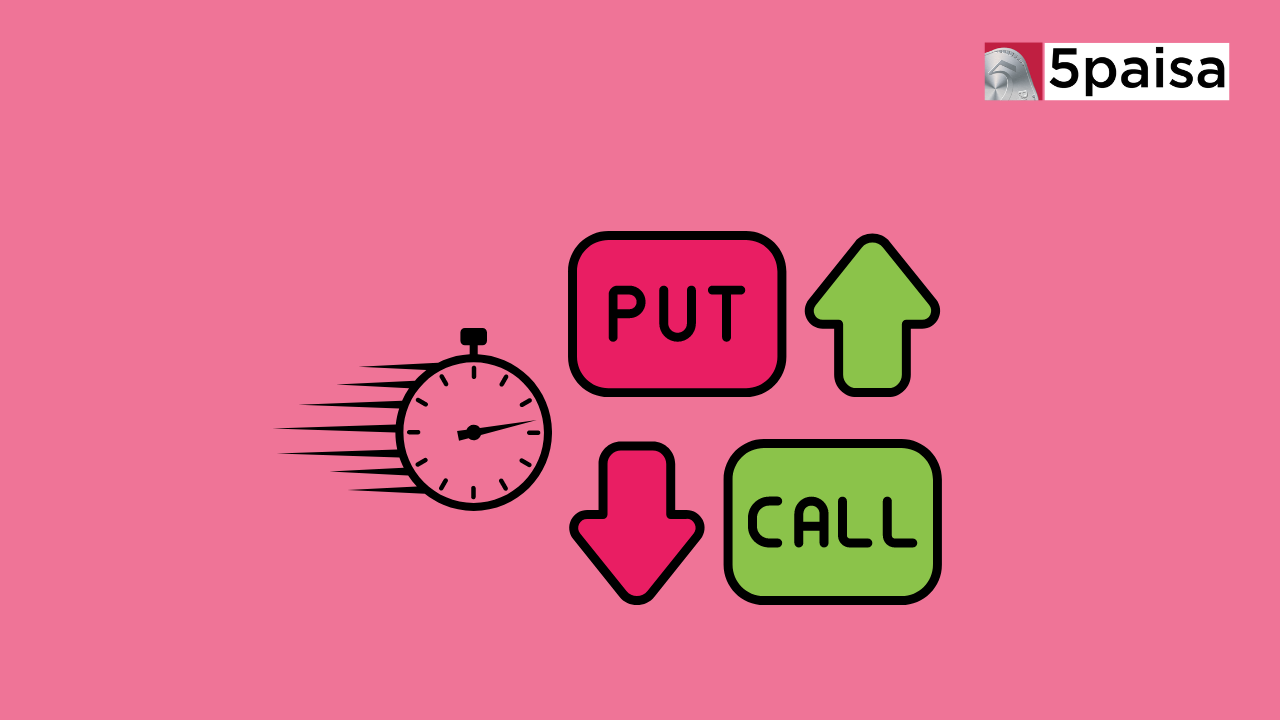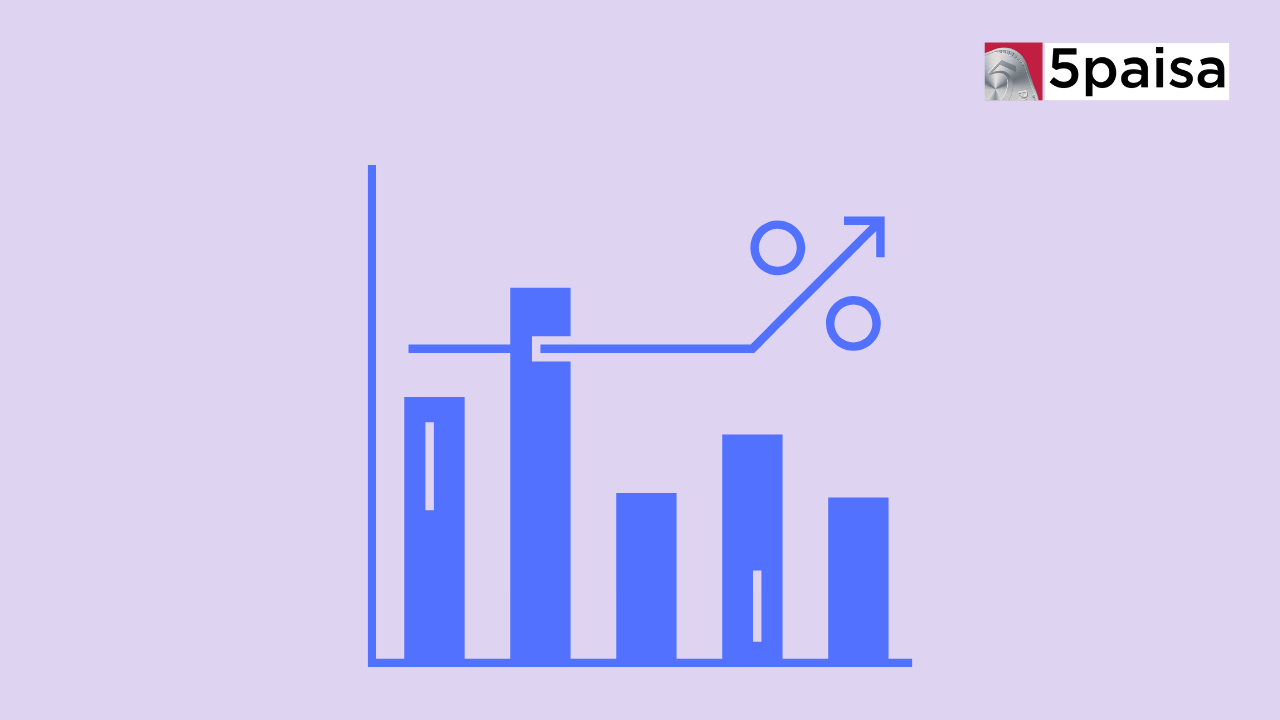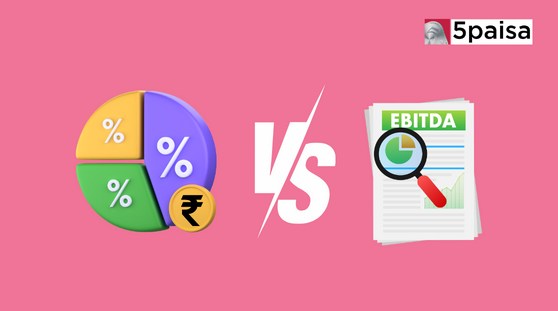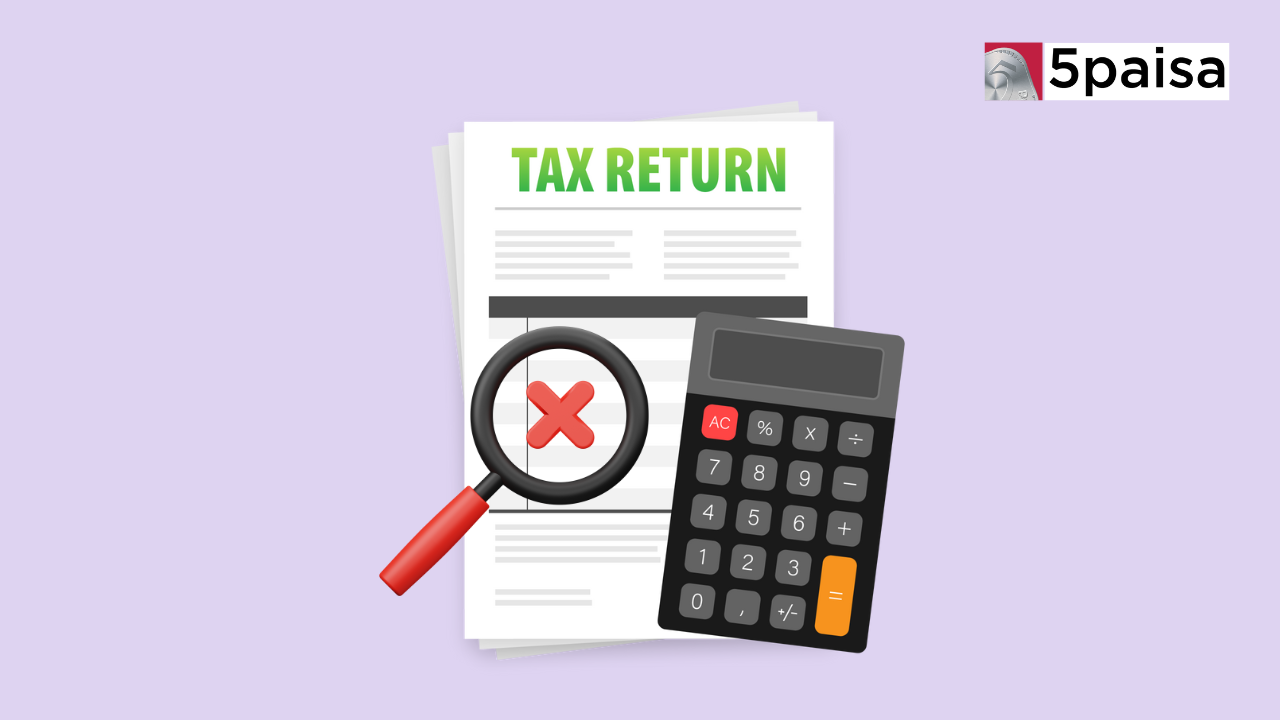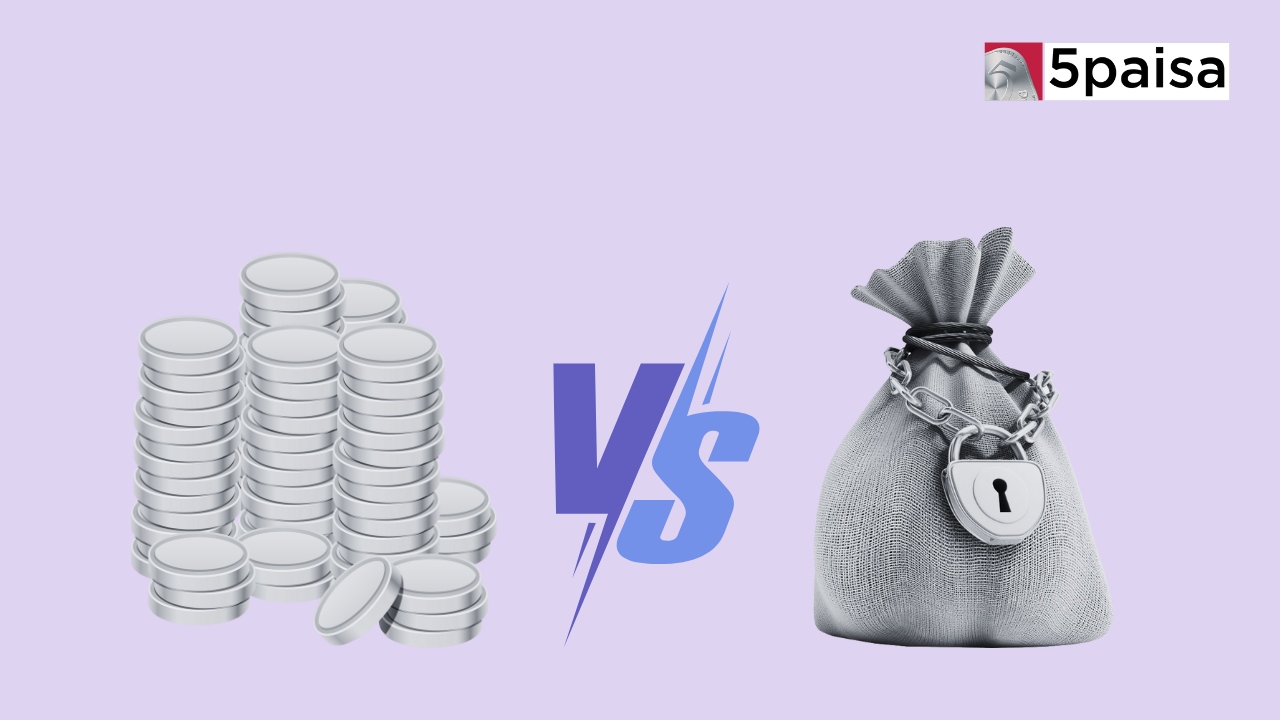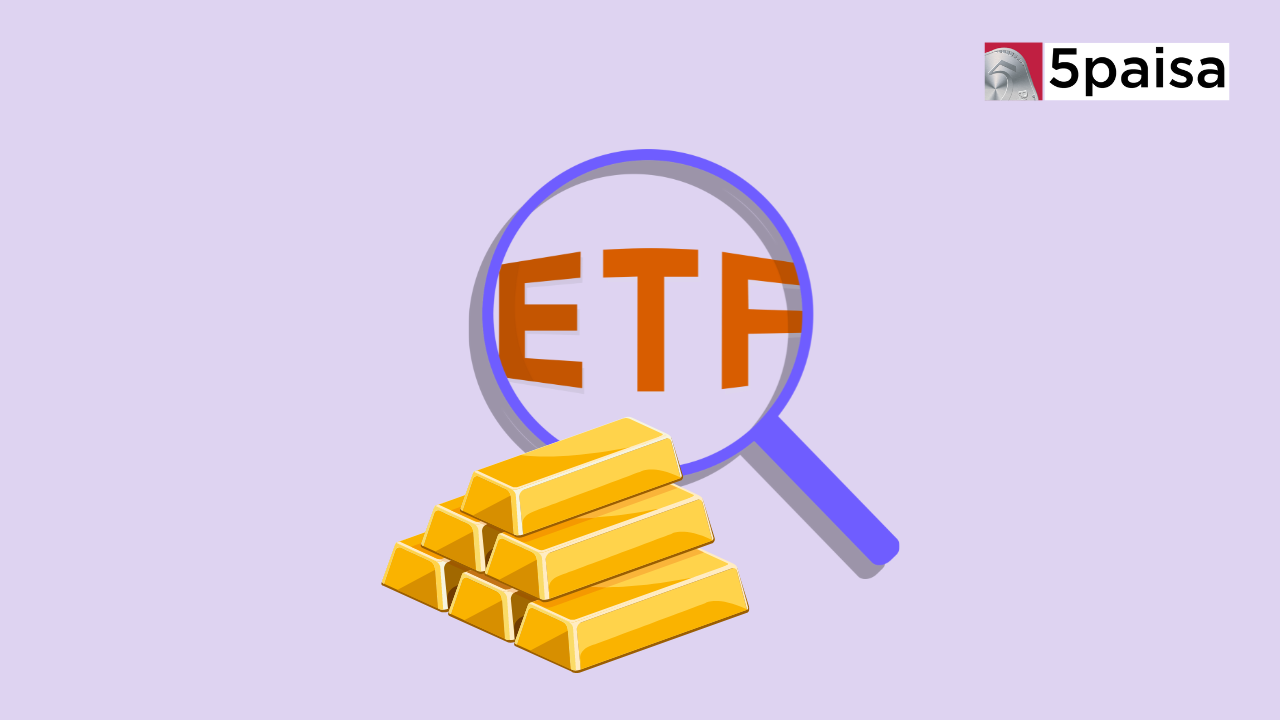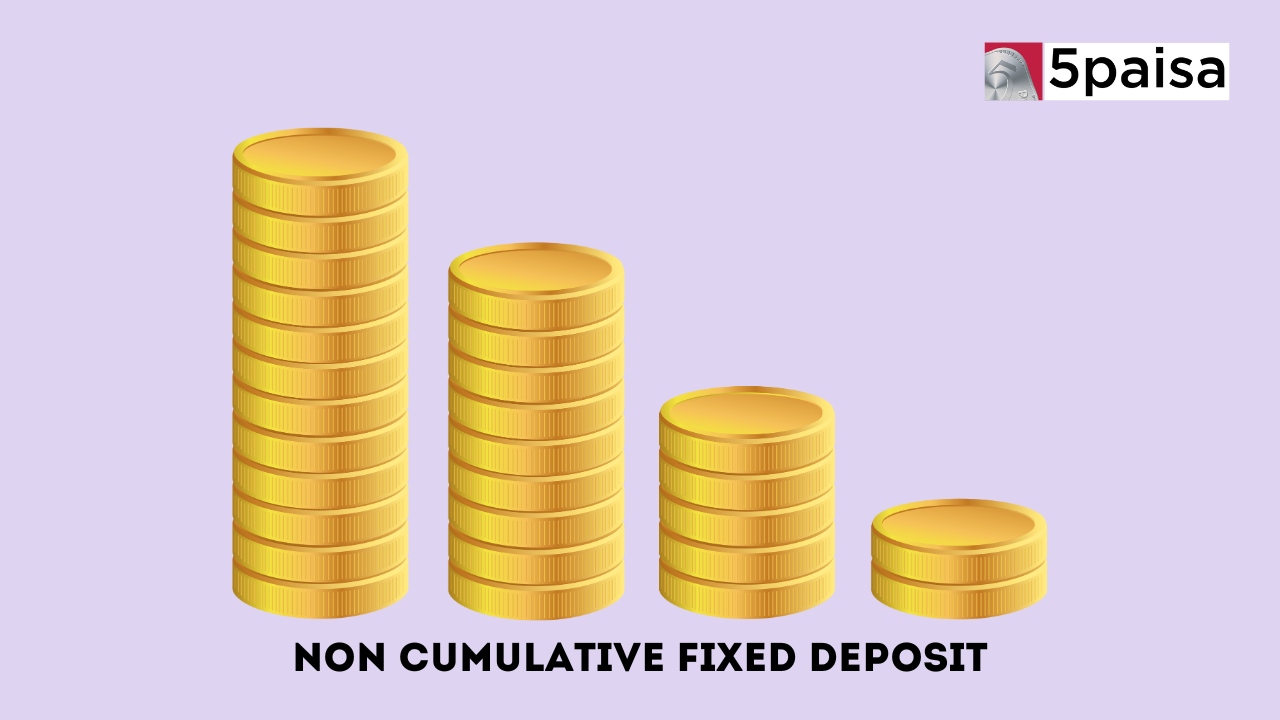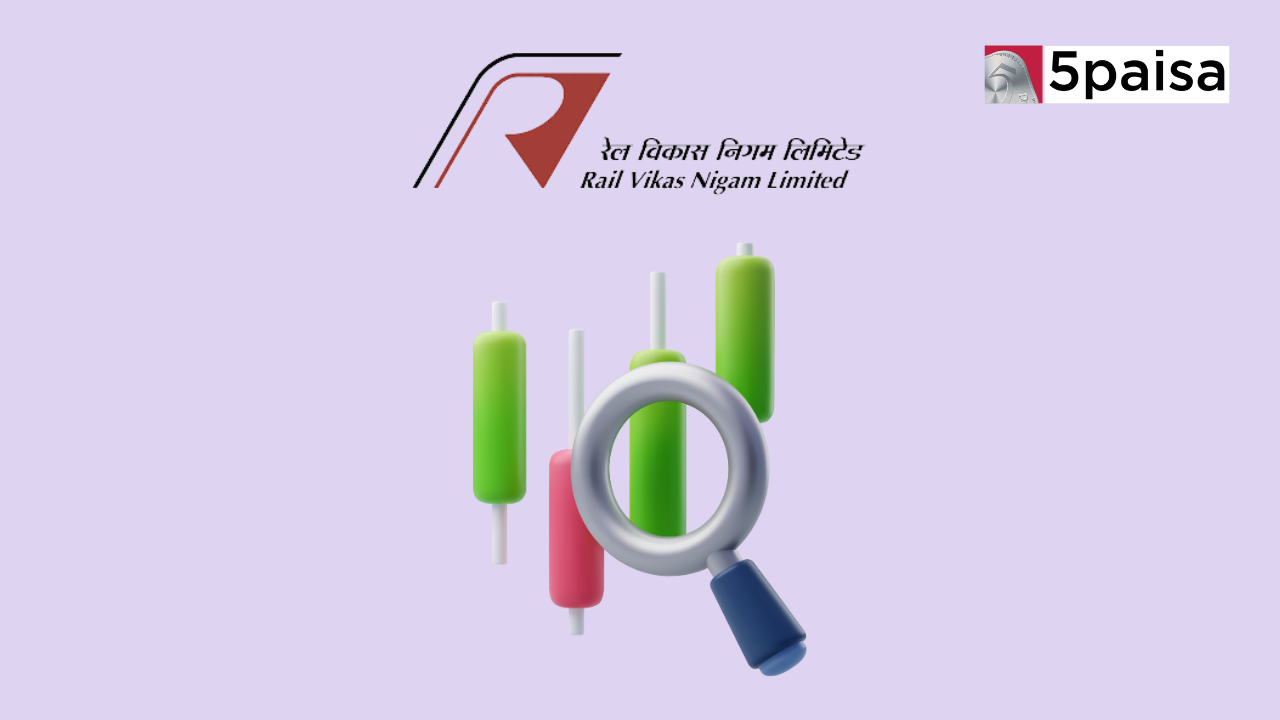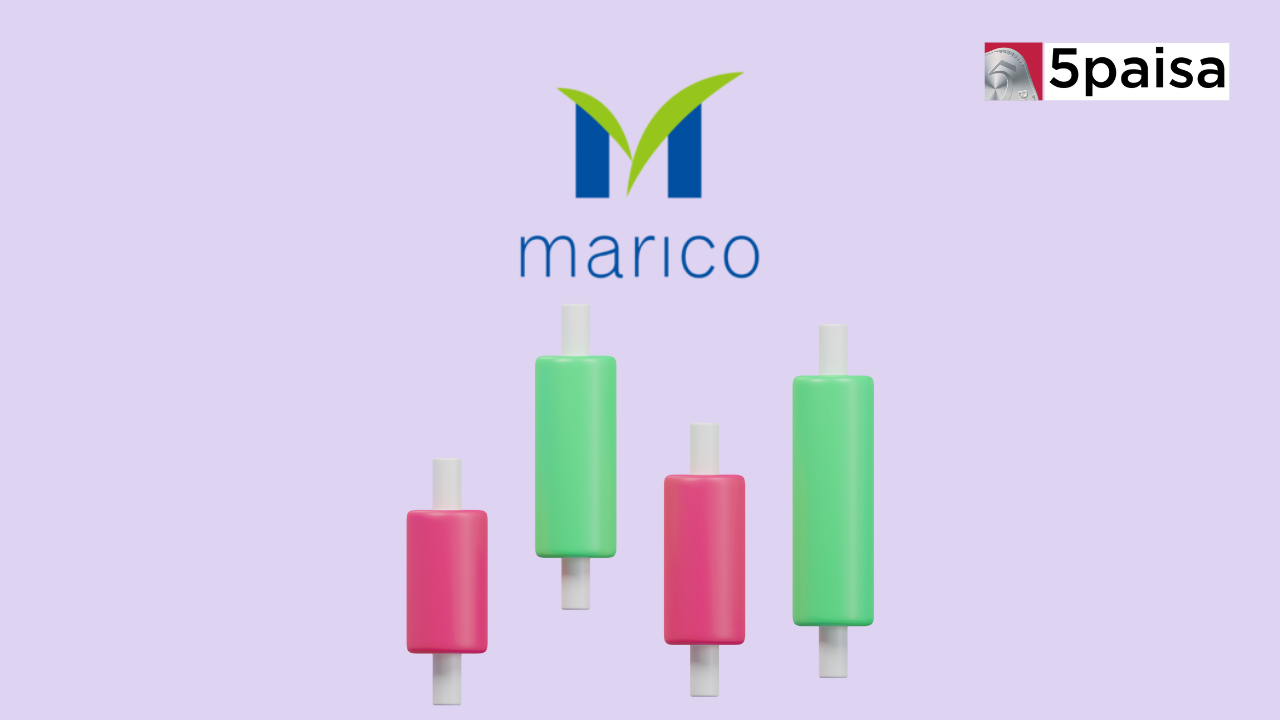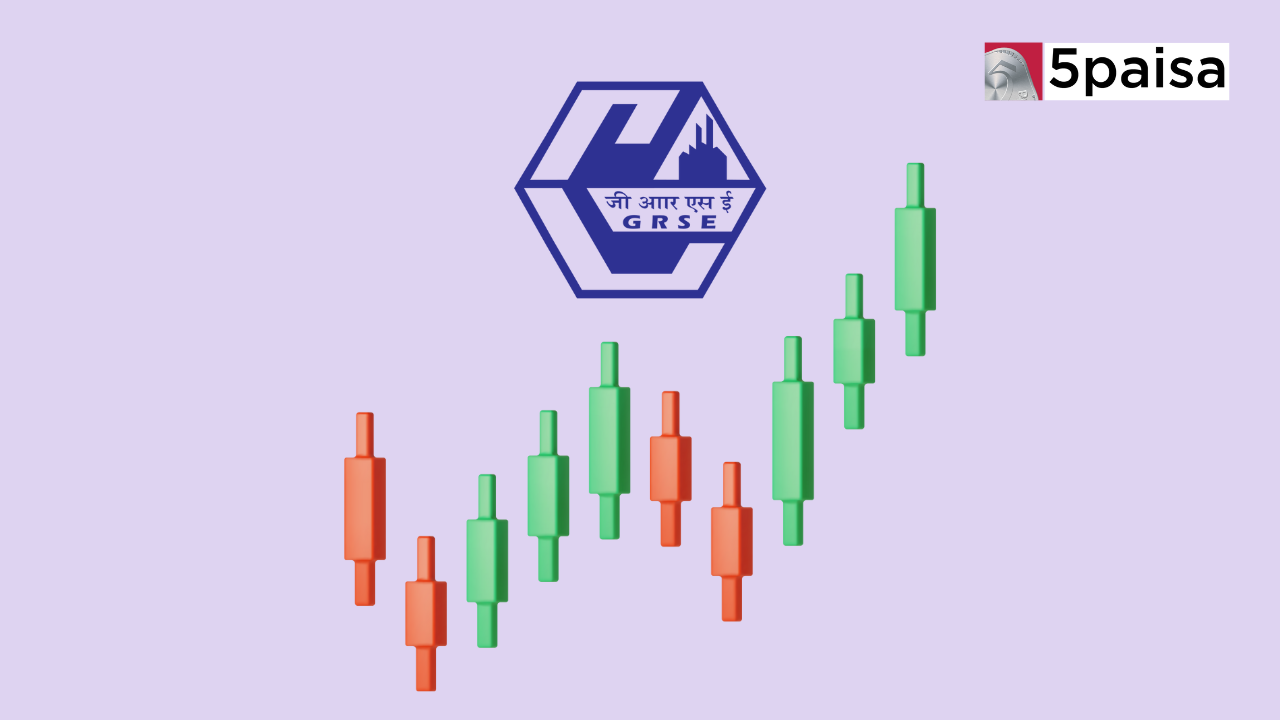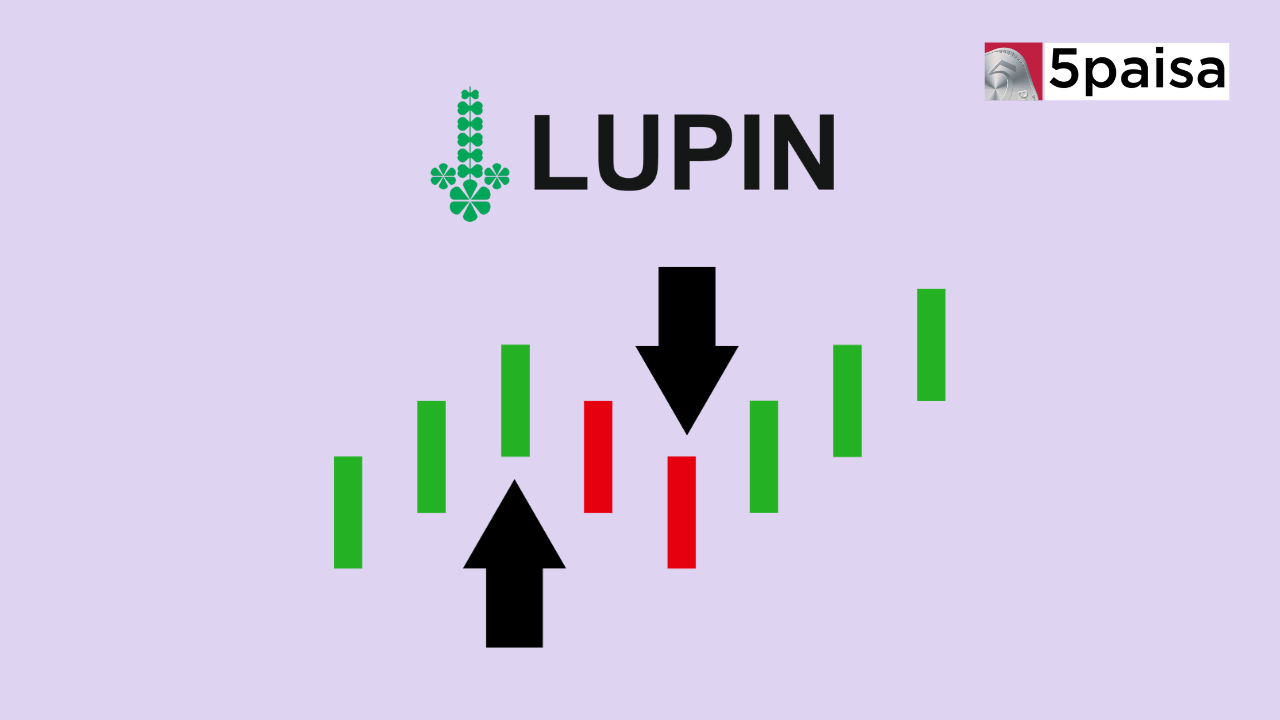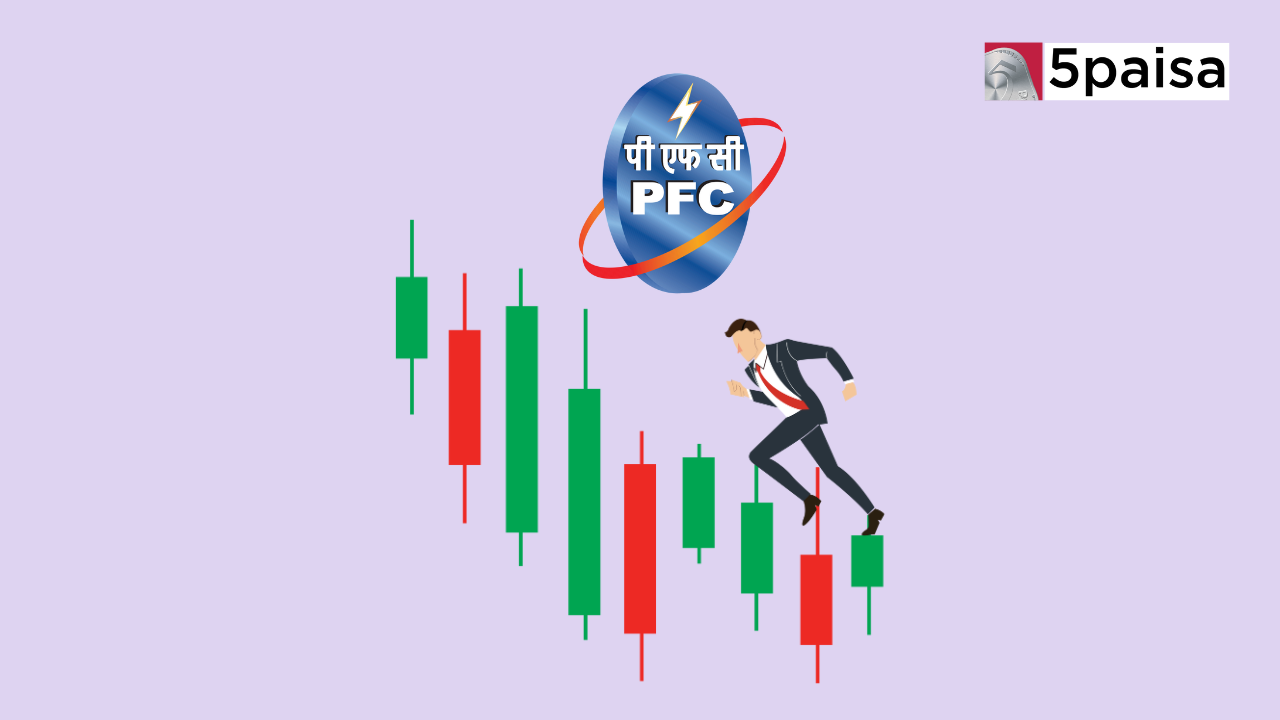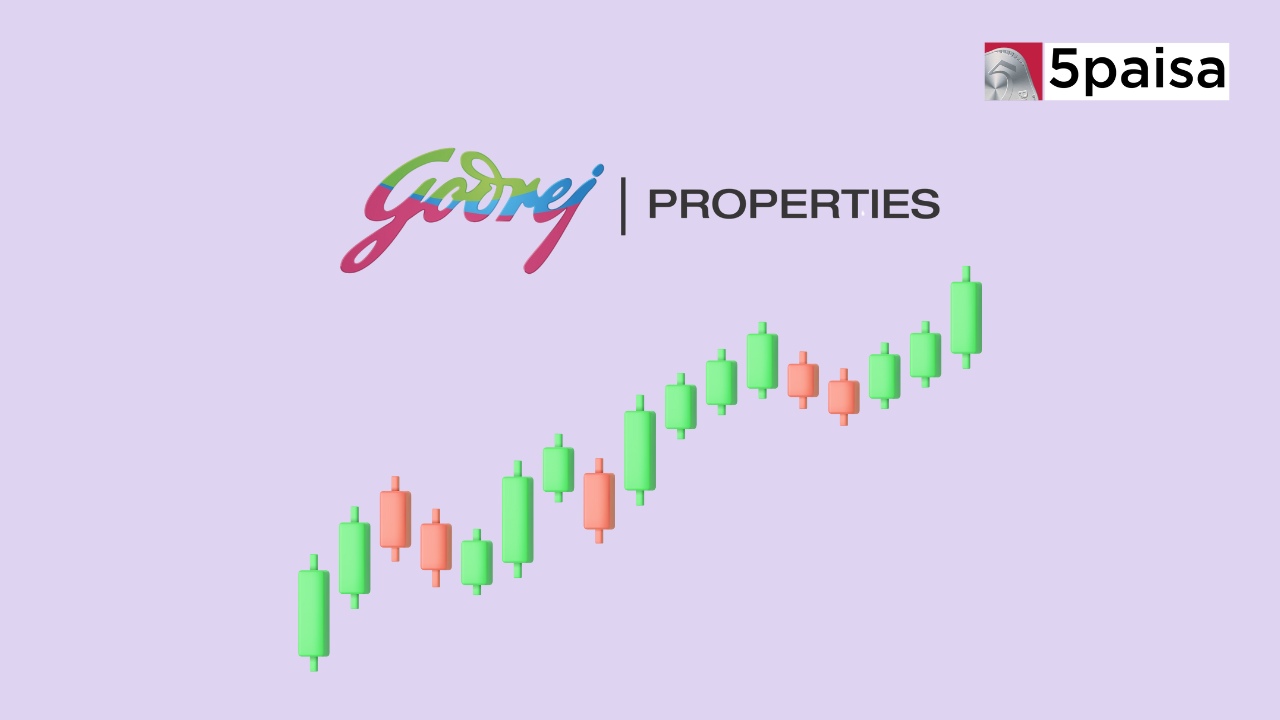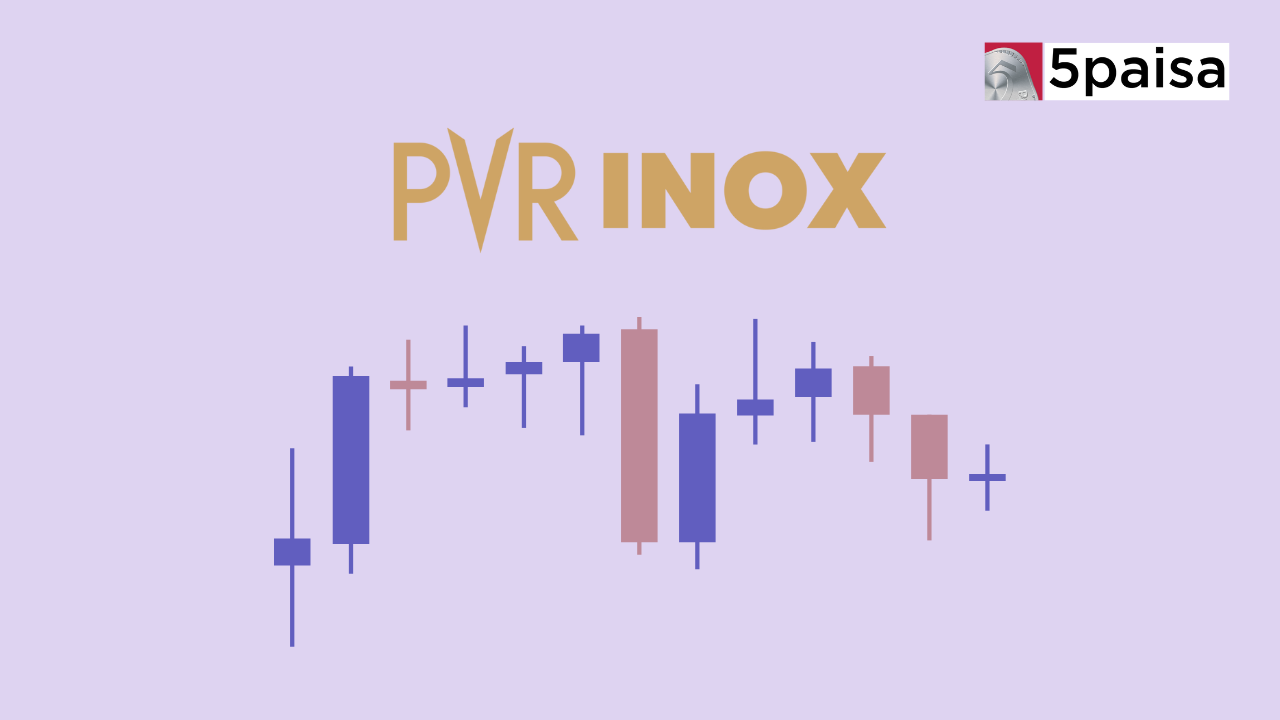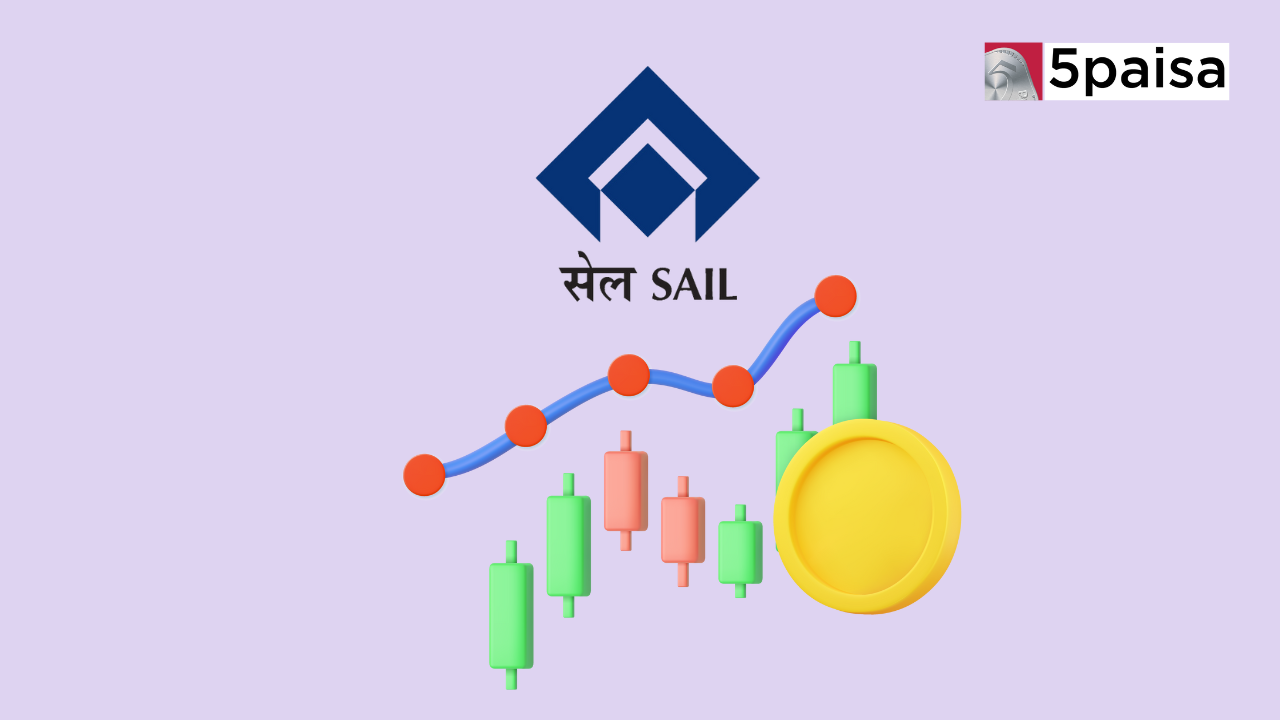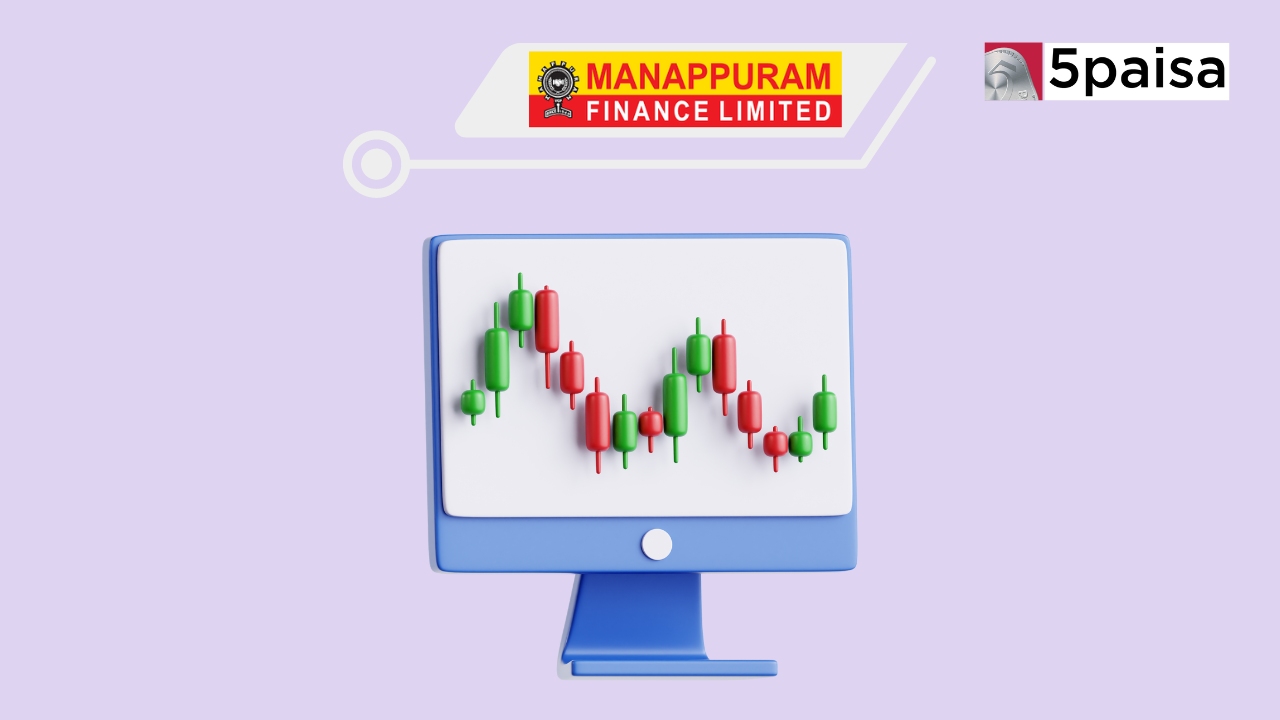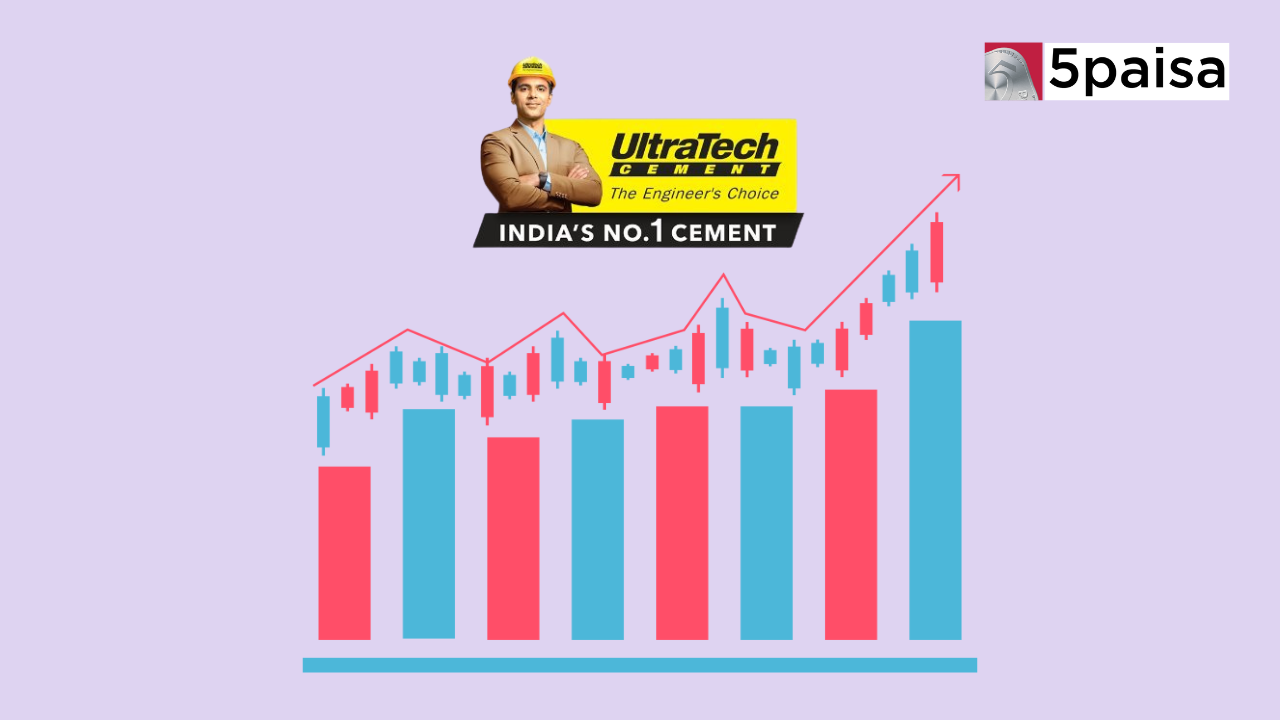- Home
- Blog
Recent articles
- In the Spotlight
- 19th February 2025
- 1 min read
- 5paisa Research Team
- In the Spotlight
- 19th February 2025
- 1 min read
- 5paisa Research Team
- In the Spotlight
- 5th December 2024
- 3 min read
- Sachin Gupta
Discover more of what matters to you.
Trending on 5paisa
Subscribe our blog on whatsapp
unlock the full potential of our blogs by subscribing and account today. Signup now and enjoy the premium services of 5paisa blog
+91
Please enter mobile number
All Articles
- Feb 19, 2025
- 1 min read
- Feb 19, 2025
- 1 min read
- Dec 05, 2024
- 4 min read
- Nov 21, 2024
- 1 min read
- Aug 21, 2024
- 0 min read
- Aug 21, 2024
- 2 min read
- Aug 20, 2024
- 1 min read
- Aug 07, 2024
- 1 min read
- Jul 16, 2024
- 2 min read
- Jul 15, 2024
- 0 min read
- Jul 15, 2024
- 3 min read
- Jul 15, 2024
- 1 min read
- Jul 15, 2024
- 4 min read
- Jul 15, 2024
- 4 min read
- Jul 15, 2024
- 2 min read
- Jul 12, 2024
- 2 min read
- Jul 11, 2024
- 1 min read
- Jul 10, 2024
- 1 min read
- Jul 09, 2024
- 1 min read
- Jul 08, 2024
- 1 min read
- Jul 05, 2024
- 1 min read
- Jul 04, 2024
- 1 min read
- Jul 02, 2024
- 1 min read
- Jul 01, 2024
- 1 min read
- Jun 28, 2024
- 2 min read
- Jun 27, 2024
- 1 min read
- Jun 26, 2024
- 1 min read
- Jun 25, 2024
- 1 min read
- Jun 24, 2024
- 1 min read
- Jul 08, 2024
- 8 min read
- Jul 05, 2024
- 3 min read
- Jul 05, 2024
- 4 min read
- Jul 05, 2024
- 2 min read
- Jul 05, 2024
- 7 min read
- Jul 05, 2024
- 7 min read
- Jul 04, 2024
- 2 min read
- Jul 04, 2024
- 3 min read
- Jun 21, 2024
- 4 min read
- Jun 19, 2024
- 3 min read
- Jun 19, 2024
- 2 min read
- Jun 19, 2024
- 3 min read
- Jun 19, 2024
- 3 min read
- Jun 19, 2024
- 2 min read
- Jun 14, 2024
- 5 min read
- Jun 10, 2024
- 5 min read
- Jul 10, 2024
- 3 min read
- Jul 09, 2024
- 8 min read
- Jul 09, 2024
- 4 min read
- Jul 09, 2024
- 7 min read
- Jul 02, 2024
- 7 min read
- Jun 26, 2024
- 6 min read
- Jun 25, 2024
- 6 min read
- Jun 25, 2024
- 6 min read
- Jun 25, 2024
- 3 min read
- Jun 25, 2024
- 5 min read
- Jun 14, 2024
- 5 min read
- Jun 14, 2024
- 3 min read
- Jun 10, 2024
- 6 min read
- Jun 10, 2024
- 6 min read
- Jun 10, 2024
- 5 min read
- May 30, 2024
- 4 min read
- Mar 11, 2024
- 1 min read
- Mar 04, 2024
- 1 min read
- Feb 27, 2024
- 1 min read
- Feb 19, 2024
- 1 min read
- Feb 12, 2024
- 1 min read
- Feb 06, 2024
- 1 min read
- Jan 29, 2024
- 1 min read
- Jan 15, 2024
- 1 min read
- Jan 10, 2024
- 1 min read
- Jan 01, 2024
- 1 min read
- Dec 27, 2023
- 1 min read
- Dec 18, 2023
- 1 min read
- Dec 14, 2023
- 4 min read
- Dec 11, 2023
- 1 min read
- Dec 05, 2023
- 1 min read
- Jul 11, 2024
- 3 min read
- Jul 09, 2024
- 2 min read
- Jul 09, 2024
- 3 min read
- Jul 08, 2024
- 7 min read
- Jul 08, 2024
- 4 min read
- Jun 14, 2024
- 5 min read
- Jun 06, 2024
- 4 min read
- May 31, 2024
- 4 min read
- May 31, 2024
- 3 min read
- May 30, 2024
- 3 min read
- May 16, 2024
- 4 min read
- May 08, 2024
- 1 min read
- May 06, 2024
- 2 min read
- May 03, 2024
- 2 min read
- May 02, 2024
- 3 min read
- Jul 11, 2024
- 3 min read
- Jul 10, 2024
- 3 min read
- Jul 10, 2024
- 5 min read
- Jul 09, 2024
- 3 min read
- Jul 08, 2024
- 5 min read
- Jul 08, 2024
- 7 min read
- Jul 08, 2024
- 3 min read
- Jun 26, 2024
- 4 min read
- Jun 26, 2024
- 4 min read
- Jun 21, 2024
- 4 min read
- Jun 21, 2024
- 5 min read
- Jun 12, 2024
- 2 min read
- Jun 06, 2024
- 3 min read
- Jun 06, 2024
- 3 min read
- Jun 06, 2024
- 4 min read
- Jun 06, 2024
- 7 min read
- Jul 12, 2024
- 4 min read
- Jul 12, 2024
- 2 min read
- Jul 11, 2024
- 3 min read
- Jul 10, 2024
- 3 min read
- Jul 08, 2024
- 3 min read
- Jul 05, 2024
- 2 min read
- Jul 04, 2024
- 4 min read
- Jul 03, 2024
- 1 min read
- Jul 03, 2024
- 2 min read
- Jul 02, 2024
- 2 min read
- Jul 01, 2024
- 2 min read
- Jun 28, 2024
- 2 min read
- Jun 27, 2024
- 3 min read
- Jun 26, 2024
- 2 min read
- Sep 06, 2023
- 2 min read
- Oct 11, 2016
- 2 min read
Open Free Demat Account
Be a part of 5paisa community - The first listed discount broker of India.
+91
By proceeding, you agree to all T&C*
footer_form



 Tanushree Jaiswal
Tanushree Jaiswal 5paisa Research Team
5paisa Research Team

